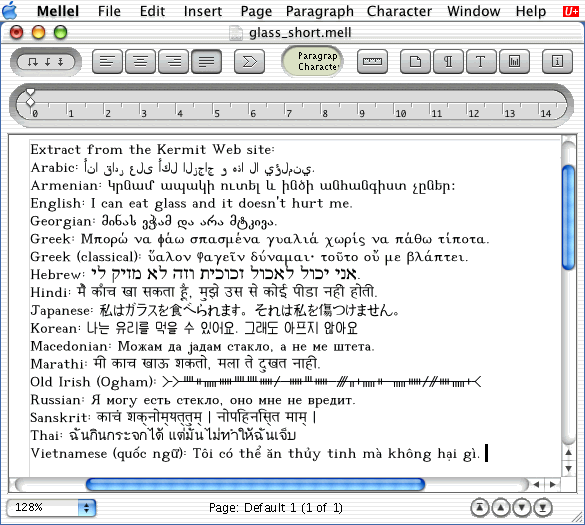
Haddon writes the novel from Christopher’s viewpoint. He’s memorised every country in the world. Its star character is a brilliant man named Christopher. Mark Haddon is the author of The Curious Incident of the Dog in the Night-time. And in the end, the footnotes unveil another story altogether. Next thing you know, you get wrapped up in a parallel tale that builds Wallace’s original fictional universe. The footnotes slowly take on a life of their own. He expands on the otherwise hidden thoughts of characters. However, Wallace adds an interesting fact untold in the narrative. In Infinite Jest, David Foster Wallace uses footnotes to do the exact same thing. Each footnote adds extra information, as you’d expect a footnote to do. It is only near the end of the book that you get a clear picture of how the characters connect and how their fates intertwine.

The seemingly random tales grabbed the attention of the book’s readers. Each story turns out to have parallel connections. Tell Another Storyĭavid Mitchell tells six stories in Cloud Atlas. 5 Creative Ways To Use Footnotes In Fiction 1. Break the rules and add another layer to your short story or novel. After all, you’ve seen research papers and essays you used them in high school when writing a report.īut, if you let go of preconceived notions, you can unlock a world of possibilities in which you can use the footnote. Forget everything you think you know. You might think it’s only relevant to nonfiction, academic writing, or content-heavy papers. The Business of the Supreme Court Law Clerks JMarin K.Have you ever thought of using footnotes in your books? Use these five creative ways to use footnotes in fiction.Īh, the humble footnote.Reforming the Law’s Treatment of Conscientious Objection in Medicine JCarl Coleman.The Persistent Failure to Value Care JAlbertina Antognini.Library photo in header © 2008 Alex Nikada. This permits non-profit reproduction so long as credit is given to the author and any resulting work is shared under the same or similar license. Unless otherwise stated, or copyright by others is indicated, textual content is licensed under the Creative Commons Attribution-NonCommercial-ShareAlike 3.0 United States license. to read a comment) that must be dragged to be closed, and the general frustration of expectatoins built up over many years.
MELLEL CONTINUES FOOTNOTE WINDOWS
I know there's supposed to be a way to copy formatting from one place to another, with a little paint brush icon, but it only seems to work erratically for me.Īnd then there's the way the cursor jumps about, the constant opening of new windows (e.g. I have no idea why, and the help desk couldn't fix it.) Similarly, when I drop in inserts from other documents, the formatting in the notes goes all funny. (In the last document I worked on, new footnotes came out in four-point type.
MELLEL CONTINUES FOOTNOTE FULL
There's one thing - only one thing - that Word does better than WordPerfect, and that's the “track changes” feature, so I'm reconciled to the idea, at least in principle.īut the practice! All the converted footnotes are in the normal style when I make a new footnote, they are in “footnote” style - which in this document doesn't have superscripts, full justification, or single-spacing. They converted it from WordPerfect to word, which they'd warned me they would do. A couple of days ago I got the first edited version of my latest article back from the journal. I basically only ever use Word when a law journal makes me, and if the program has feelings it knows how I feel about it. (And I never did get fluent in the new macro language, which needs to be compiled and is ust too fussy.) I made the switch to the windows versions somewhat reluctantly, driven to by the need to import/export to HTML, and stayed for the great integration with PDF. Back in the DOS days, I could practically speak macro language.

And the culprit is clear: Microsoft Word. So far, this working vacation is less fun than I had hoped.


 0 kommentar(er)
0 kommentar(er)
